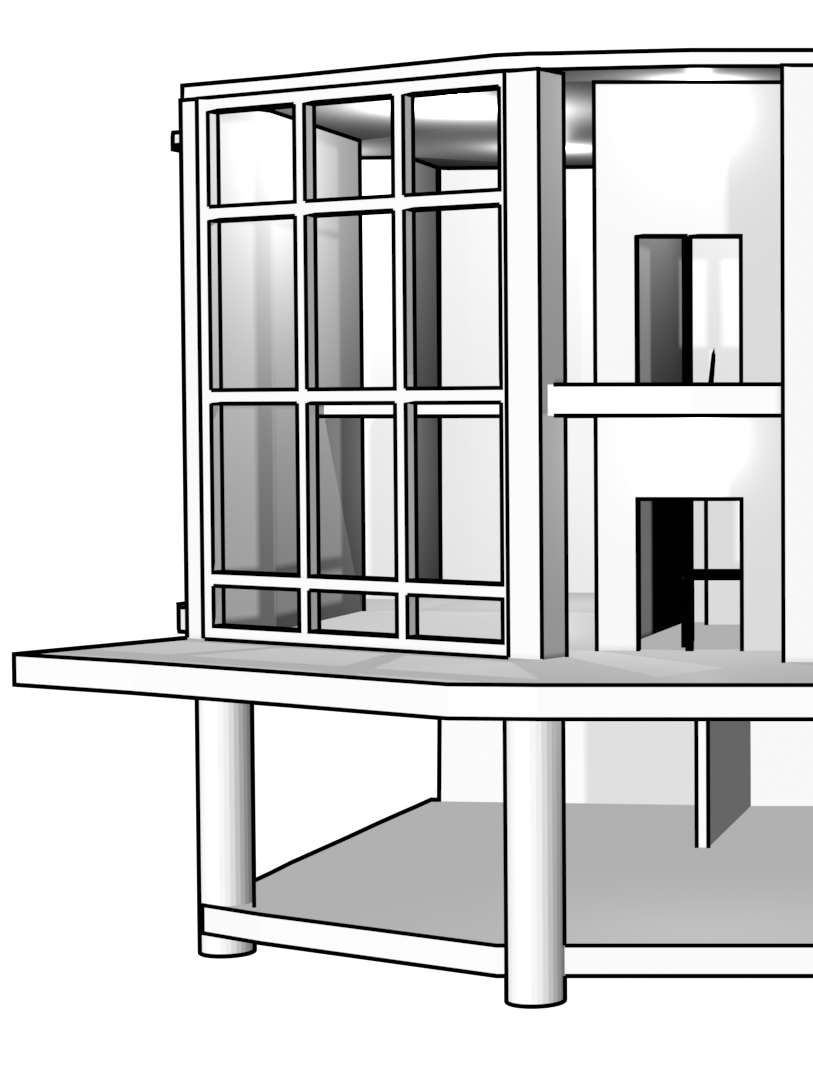Venice Inventors New Lab
Timeline
|
|
Fundraising
Seeking funding for the new lab is done via
multiple channels, donations, crowd-funding,
grants, investors, etc.
The goal is to raise a minimum of $15M, to
guarantee full coverage of the
infrastructure and operating cost for at
least 2 years.
|
|
 |
Phase 1 |
|
Infrastructure
Acquisition of a suitable building and all
the necessary equipment and parts required
for the short-term R&D and manufacturing
goals.
|
|
 |
Phase 2 (30 days) |
|
Deployment
Installation of each lab section, such as
computing, electronics, chemistry, physics,
manufacturing, research and documentation.
At this stage the lab becomes fully ready
and operational. |
|
 |
Phase 3 (30 days) |
|
Development
Capitalizing on all the research from the
previous labs, the main focus of this phase
is to select a handful of validated products
and bring them to their final state, that
is, ready for manufacturing, licensing or
transfer. |
|
 |
Phase 4 (3 months)
|
|
Manufacturing,
Marketing, Distribution
According to each product type, this phase
involves bringing products to market and
negotiating licensing or IP transfers.
As dedicated teams will handle the
commercial aspects of this phase, R&D
can resume in parallel to provide the next
batch of products. |
|
 |
Phase 5 (3 months)
|
|
Optimization, Growth
Review and fine tuning of processes, using
lessons learned during phase 4 and 5, to
build a solid, repeatable R&D to
delivery cycle.
Expand infrastructure and teams as needed,
Increase public awareness and involvement
(live streams, meetings, partnerships) |
|
 |
Phase 6 (30 days) |
|
Rinse and Repeat
Continue innovating and growing. |
|
 |
Phase 7 (3 months)
|
|
Assessment
Review financial results, accomplishments.
Recognize and reward all supporters and keep
doing more of what works into the next year
and beyond. |
|
 |
1 Year Mark |
|
|
|
|
